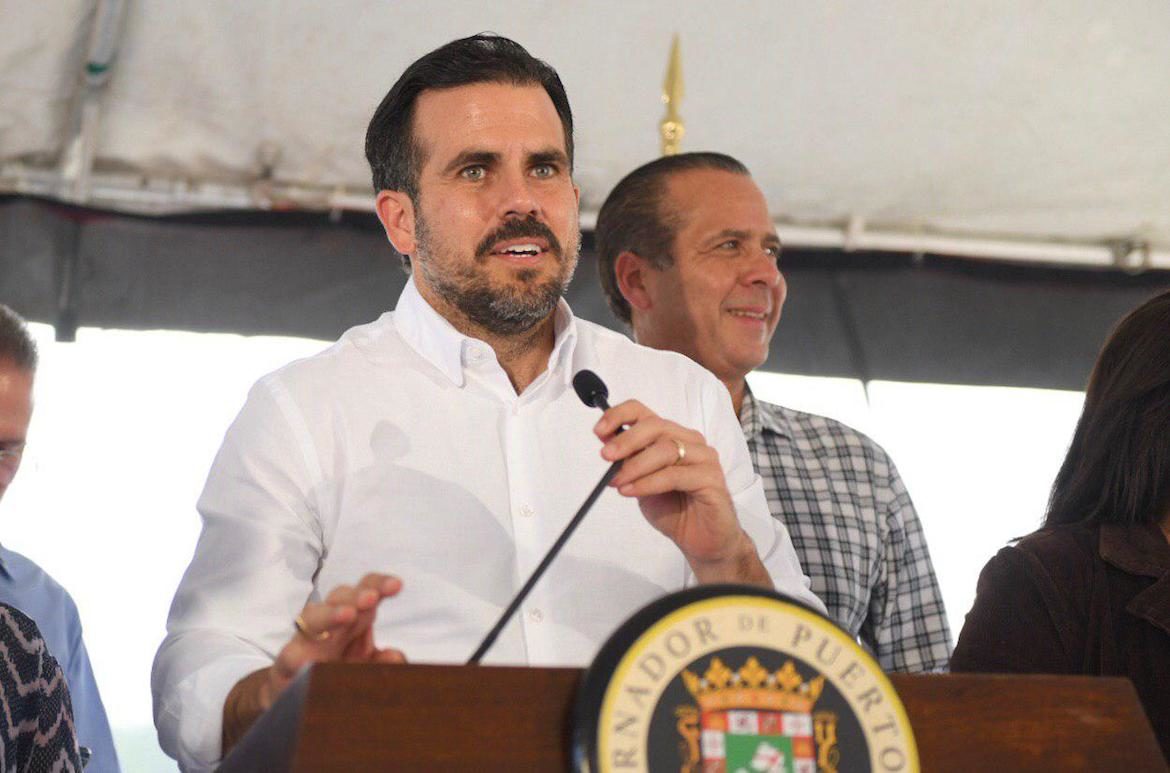Gov. Ricardo Rosselló-Nevares said in his State of the Commonwealth address that “For the first time in 12 years, Puerto Rico’s Economic Activity Index grew 3%.”
La Fortaleza referred the inquiry to corroborate the data and for questions related to Rosselló-Nevares’ statement to the Economic Development Bank (EDB), after warning that the governor “offers the figures reported by his agency heads.”
EDB Economist Gladys Medina-Claudio said Puerto Rico’s Economic Activity Index did not show a monthly interannual growth of 3% since February 2004, nor did it reflect year-over-year growth of more than 3% since 1999.
To reach that interannual rate, the value of a month of the year in question is compared with the value of the same month of the prior year.
“It was not until 2018 that the values surpassed 3%. Now [in 2019] it reached 3.2%,” said Medina-Claudio. However, when asked how the 3.2% increase was calculated, the EDB economist answered that an average for 2018 was used and compared with the 2017 average.
Economist and Journalist Luisa García-Pelatti said the governor statement omitted that the comparison was being made with a period of little or none economic activity.
“That increase is not due to the fact that the economy is growing, it is due to [federal recovery funds] from Hurricane María. It should have compared February 2019 with February 2017, which was not affected [by the storm.] If you calculate it that way, it reflects that the economy is shrinking by -0.6%,” said García-Pelatti.
The economist said this figure is an artificially high index and that it makes no sense to take data from February 2019 and compare it with previous years, as the governor did, until 2007.
García Pelatti said that it is difficult to distinguish the impact on the Economic Activity Index due to the fact that after the hurricane there was less economic activity, and how much responds to the arrival of federal funds. She further explained that this Index is a model that is based on cement sales, employee payroll, gasoline sales, and electricity consumption.
Meanwhile, Assistant Professor of Statistics and Finance at the University of Puerto Rico in Cayey, José Caraballo-Cueto, confirmed “there is no year-over-year increase in January and February 2019, compared to January and February 2017.” The economist made that comparison because at the time, the island was not experiencing the consequences of the hurricane.
“For my next report, I compared February 2019 with February 2017 and there is no increase. I only see an increase if it is compared month-over-month,” Caraballo-Cueto explained.
In fact, the Economic Activity Index increased by 3% if February 2019 is compared with February 2018. But the economic report for Puerto Rico from January to April 2019 published by Caraballo-Cueto, researcher of the UPR’s Institute of Interdisciplinary Research, agreed with García-Pellati in saying it should have been compared with February 2017, because in February 2018 the economy still had not recovered from Hurricane María due to the closeness to the event.
Rosselló-Nevares’ statement is misleading because it uses correct data but manipulates it by comparing it to a year with low economic activity due to the hurricane’s effects and also, comparing it with the past 12 years, to present an alleged increase in economic activity.



